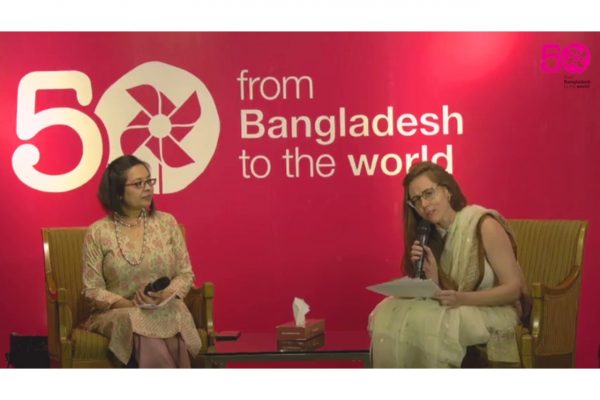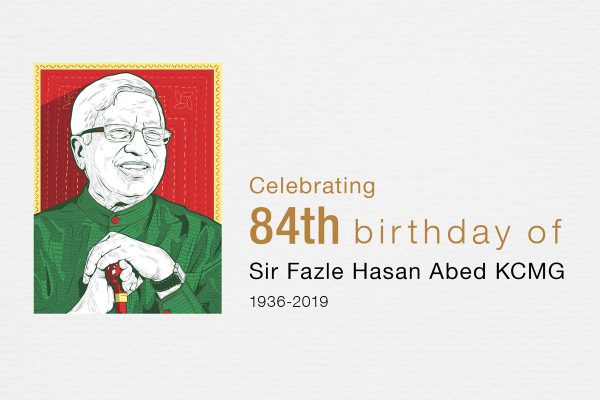Productive Safety Nets for Women in Extreme Poverty
Reading Time: 3 minutes
The following was originally posted by Karishma Huda on the Graduation Program blog. The CGAP-Ford Foundation Graduation program is an initiative to adapt the methodology of BRAC’s Ultra Poor program in Bangladesh in ten countries across the worl
The following was originally posted by Karishma Huda on the Graduation Program blog. The CGAP-Ford Foundation Graduation program is an initiative to adapt the methodology of BRAC’s Ultra Poor program in Bangladesh in ten countries across the world. BRAC Development Institute, in partnership with BRAC USA and the MasterCard Foundation, has researched and analyzed the results of these pilot programs.
My name is Karishma Huda, and I am the Research Manager for BRAC Development Institute’s (BDI) qualitative research on the CGAP-Ford Foundation Graduation Program. At BDI, the Graduation Research team has been following the lives of pilot participants over the course of a year in Haiti, India (Trickle Up), Pakistan and Ethiopia.
The objective of our research has been to answer the following questions:
- How have program participants experienced the Graduation Program?
- What have been the critical moments of change in their lives?
- What factors have contributed to some participants performed so well, and holding others back from attaining the same kind of progress?
Some of these issues, as well as research findings in general, have been discussed in the qualitative research blog series.
The research from India and Pakistan has just been published by the Institute of Development Studies (IDS), University of Sussex. One of the research techniques used to understand the questions posed above was the “ladder out of poverty.” Each respondent was asked to place themselves on a ladder representing the progress they had made over the life of the project. The bottom rung of the ladder represented a state of extreme hardship, while the top represented a state of security and happiness. They were asked which rung of the ladder they had occupied at the start of the project, and where they were currently positioned. This information gave us the self evaluations of the participants, as a supplement to the evaluations made by the programme staff. The India participants self-reported the most progress, and felt that the program gave them a first opportunity to borrow and save on favorable terms; allowed them to move away from precarious, inherited livelihoods to something more secure and stable; enabled them to make plans for the future; and gave them greater mobility and self-confidence. In Pakistan, program participants had experienced some gains, but fewer and more short-term. There are several factors that contribute to this. For instance, state presence is key. In the Pakistan context (rural Sindh), participants’ gains were wiped out by forces which only a functioning state had the capacity to tackle – such as deficits in social and physical infrastructure. The West Bengal context, by contrast, was characterized by a very active state. Health and infrastructure did not pose as structural constraints as they had in Pakistan. Secondly, the structure of patriarchy was far more constraining in Pakistan than in West Bengal, a determining factor for a program targeted to women.
Also, the research showed that pre-existing conditions also matter. Just as extreme poverty in both contexts is not uniform, the research shows that those who had previous experience with their enterprises, the support of spouses, families, and other social networks, fewer dependents and good health were better placed to take advantage of the opportunities that the Graduation Program offered. Those who lacked these inherent resources and were crippled by ill health, lacked support structures, and had too many mouths to feed, found it harder to focus upon their enterprise, save, and plan for the future.
With this being said, it is integral to have appropriately designed interventions that minimize risks, and maximize resources. The West Bengal study shows that the Tribal participants, who were the most impoverished and started off on the weakest footing, were by far the strongest performers. Much of this came down to good program design, implementation, and most importantly, strong mentorship by the field staff. Working with participants to build that “enterprising spirit”, set goals, and create a plan towards achieving them, proved essential in graduating people out of extreme poverty.





